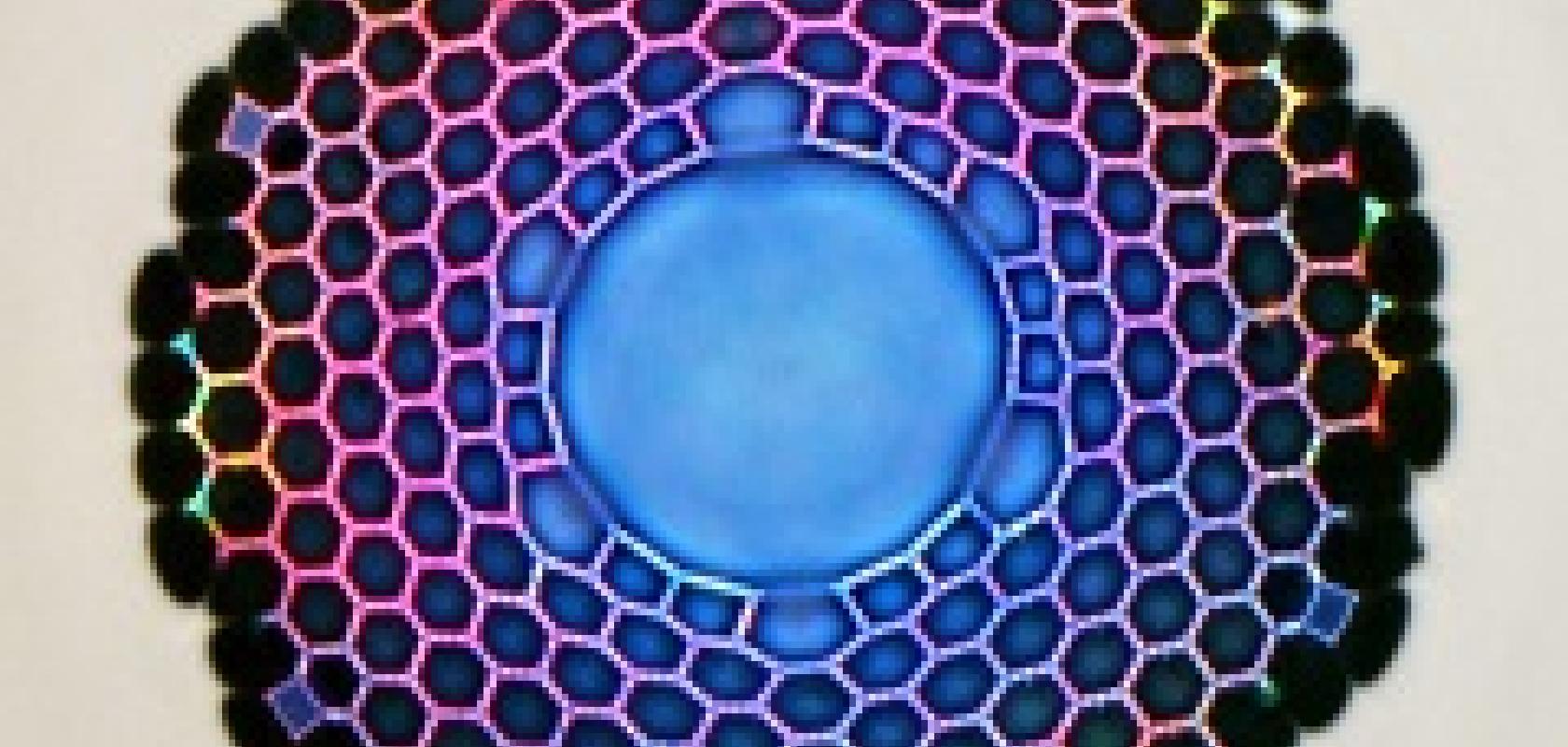The Optoelectronics Research Centre (ORC), based at the University of Southampton, UK, is heading a £6.1 million programme aiming to produce fibre optics with increased bandwidth, lower latency, improved power handling and better overall quality of light transmission.
The ‘AirGuide Photonics’ programme, funded by the Engineering and Physical Sciences Research Council (EPSRC), will bring together expertise from more than 25 research organisations and industry partners in order to transform future fibre networks and open up a broad range of applications, ranging from a faster, more responsive internet, to space exploration, laser-based manufacturing and bioengineering.
AirGuide Photonics aims to replace the glass core of today’s conventional optical fibres – which are known to limit fibre performance by adversely affecting various propagation aspects of light, such as its speed – with either a vacuum or air to produce hollow-core ‘light pipes’. By instead guiding the light through air rather than glass, these new optical fibres could offer increased bandwidth, lower latency, improved power handling and better overall quality of light transmission.
The new programme will also investigate and explore the performance limits of these hollow-core fibres, in addition to developing innovative means of manufacturing them and reliable methods of interconnecting them to more conventional fibre types and optical components such as lasers.
Bespoke application-specific fibres based on the particular interests of project partners will also be developed and demonstrated in real world uses of the technology, which will serve to showcase its unique and enabling properties.
In December, more than 70 guests, including those from key industries such as telecommunications, sensing and data communications attended a launch event for the programme in Southampton.
‘Our new AirGuide Photonics programme will continue to push the boundaries of what can be achieved with optical fibres and develop a disruptive technology that puts the UK at the forefront of optical technology,’ said Professor David Richardson, programme lead for AirGuide Photonics, and deputy director of the University’s Optoelectronics Research Centre.
Professor Tom Rodden, deputy chief executive of the EPSRC said: ‘The ORC has been pioneering the development of fibre optics and advancing communications technology for many years and has an impressive record of using research funding to collaborate with academic and industry partners. EPSRC has consistently supported research at the ORC and the new AirGuide Photonics programme promises to push at the boundaries once more. We are confident that the research will uncover more discoveries and lead to world-leading innovations.’
The ORC has built strong links with industry, research institutions and universities around the world, from informal collaborations to large-scale funding. In 2014, it launched The Photonics Institute with Nanyang Technological University (NTU) in Singapore. Ten spin-out companies, including Fibercore, Fianium, SENSA, SPI Lasers and Stratophase have commercialised ORC research, while its extensive outreach programme has brought light technologies into schools across the country.


